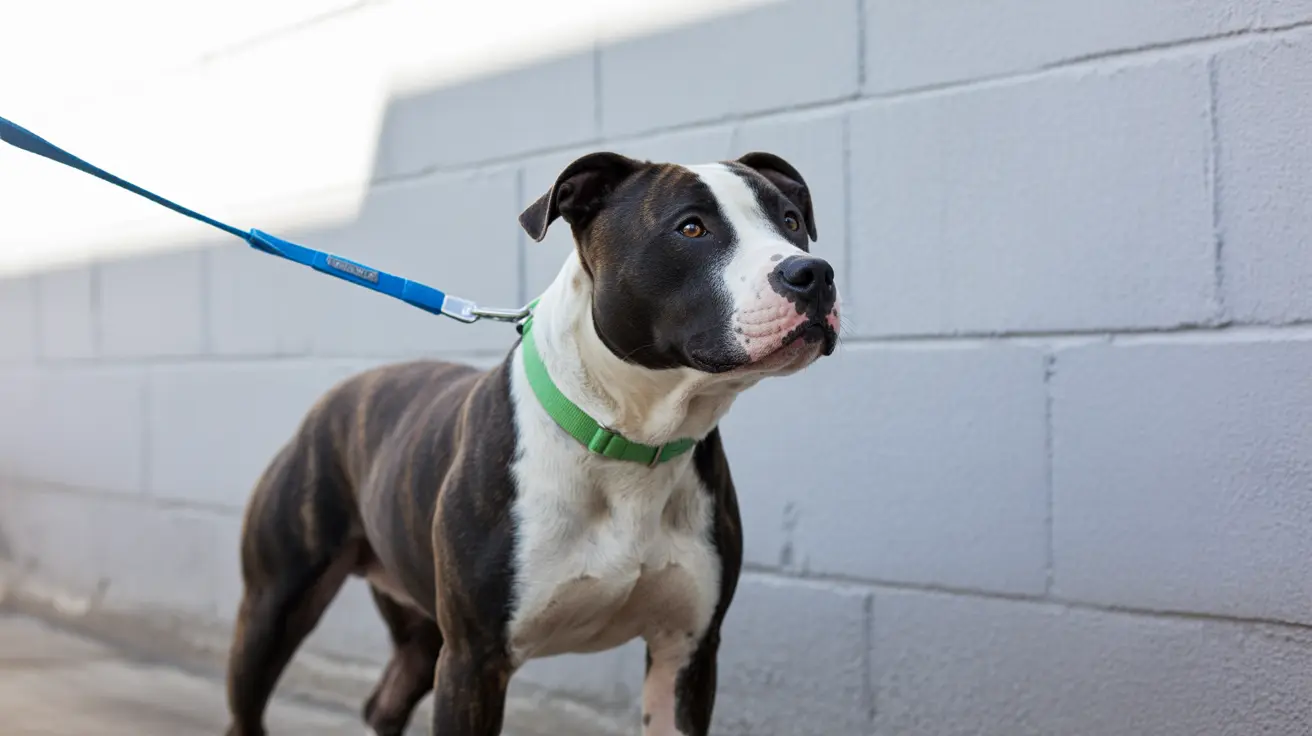Can Dogs Eat Pears? A Comprehensive Guide for Pet Owners
If you’ve ever wondered whether your dog can enjoy a juicy pear alongside you, you’re not alone. Many pet owners love sharing snacks with their furry companions, but it’s crucial to know which foods are safe. Let’s dive into the facts about feeding pears to dogs—covering benefits, risks, preparation tips, and more.
Are Pears Safe for Dogs?
Fresh pears are generally safe for dogs if given in small amounts and prepared correctly. They offer a tasty treat that most pups enjoy. However, not all parts of the pear are dog-friendly—so preparation matters.
Nutritional Benefits of Pears for Dogs
Pears pack a punch when it comes to nutrition. They contain:
- Vitamin C: Supports immune health.
- Vitamin A: Good for vision and skin.
- Fiber: Helps with digestion.
- Vitamin K: Important for blood clotting and bones.
- Potassium: Supports heart and muscle function.
- Copper: Vital for red blood cells and nerves.
This combination makes pears a healthy snack choice—just remember moderation is key since too much fruit can upset your dog’s stomach.
Risks of Feeding Pears to Dogs
The main risks come from the seeds, core, stem, and leaves. Pear seeds contain traces of cyanide (from amygdalin), which is toxic if consumed in large quantities. The core and stem may cause choking or blockages. Always remove these parts before offering pear to your pup. Canned pears are off-limits due to added sugars and preservatives that can harm your dog’s digestion or contribute to obesity. Even the skin—while high in fiber—can sometimes upset sensitive stomachs; peel it if needed.
How Much Pear Can Dogs Eat?
- Treats like pears should make up no more than 10% of your dog’s daily food intake.
- For small dogs: one slice occasionally is enough.
- Larger breeds can have a few more pieces but still in moderation.
If you’re introducing pears for the first time, start slow and watch for any digestive issues such as diarrhea or vomiting.
How to Prepare Pears Safely for Your Dog
- Wash the pear thoroughly to remove dirt or pesticides.
- Remove seeds, core, stems, and leaves completely.
- Cut into bite-sized pieces suitable for your dog’s size to prevent choking.
You can serve pears plain or mix them with other dog-safe fruits like bananas or blueberries. Some owners blend them into smoothies or freeze them as treats during hot weather. For an extra treat, stuff pear pieces into toys like KONGs with plain yogurt (make sure it’s sugar- and xylitol-free).
Pear Varieties: What About Asian Pears?
Your dog can enjoy Asian pears too! These have firmer flesh so be sure to cut them into small chunks. The same rules apply: remove all seeds and serve only in moderation.
Pear Skin: To Peel or Not?
Pear skin is safe if washed well but may cause mild digestive issues in some sensitive dogs. If you notice any tummy troubles after feeding pear with skin on, try peeling it next time.
Toxicity Concerns: Are Pears Dangerous?
The flesh of the pear isn’t toxic; only the seeds pose a risk due to amygdalin content (which releases cyanide). Avoid giving your dog access to whole pears where they might ingest seeds or cores accidentally.
Pears for Diabetic Dogs
Pears have a low glycemic index so they don’t spike blood sugar dramatically—but they do contain natural sugars. If your dog has diabetes or another health condition, always check with your vet before adding new foods like pears to their diet plan.
Tasty Ways to Serve Pears
- Add diced pear as a topper on regular meals.
- Mash with other fruits (bananas/blueberries) into a smoothie treat.
- Freeze cubes of pear as summer snacks.
No matter how you serve them, keep portions small and monitor your pet closely after introducing anything new into their routine—watch out for allergies or digestive upset just in case!
Other Fruits That Are Safe for Dogs
- Apples (no seeds)
- Bananas
- Blueberries
- Strawberries
- Cantaloupe
- Cranberries
- Honeydew melon
- Mango (no pit)
- Oranges (in moderation)
- Peaches (no pit)
- Pineapple
- Raspberries
- Watermelon (seedless)
This variety keeps snack time interesting while supporting balanced nutrition!
The Bottom Line on Pears for Dogs
Pears make a nutritious treat when served safely: always remove seeds/core/stem/leaves; avoid canned versions; introduce gradually; consult your vet if you’re unsure about any dietary changes—especially if your pup has special health needs. With these precautions in mind, you can share this sweet fruit with confidence!





